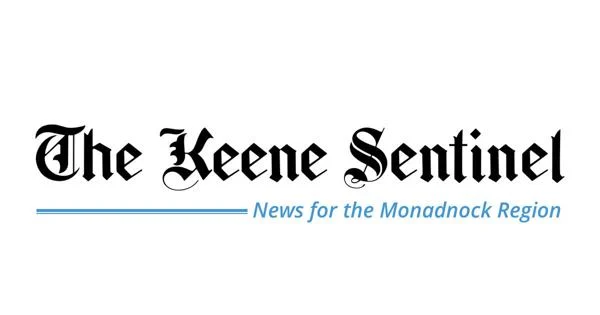Copyright keenesentinel

The state has paid a coalition of more than a dozen school districts a total of roughly $1.2 million, reimbursing them for the legal fees they amassed while serving as plaintiffs in a landmark school funding case. The payments, some of which were issued this week, reimburse school districts for up to six years of their legal fees in a case that found that the state is failing to adequately fund public education. The lead plaintiff in the case, the Contoocook Valley School District, received $666,000 on Thursday. ConVal Superintendent Ann Forrest said the reimbursement “validates the core argument” of the legal challenge the district brought in 2019. “The fact that we got complete reimbursement of legal fees confirms that school districts can successfully challenge systemic constitutional failures and be made whole again,” Forrest said in an interview. In all, 18 school districts and two individuals ultimately joined the lawsuit, including Hopkinton and Hillsboro-Deering. A formula determined how much each plaintiff contributed to the legal fees as the case progressed. In addition to the plaintiffs, the law firm that represented them, Wadleigh Starr & Peters, received an additional payment from the state of roughly $800,000, according to attorney Michael Tierney. The firm charged its clients roughly half of the market rate during the litigation, under an agreement that it would be “made whole” if attorney’s fees were ultimately recovered, Tierney said in an interview. The $2 million in attorney’s fees is just a portion of the money the state spent defending the case, ConVal v. State of New Hampshire. The Concord Monitor previously submitted a public records request to the attorney general’s office to ascertain how much was spent in total. A representative for the office said they expected to provide the Monitor responsive documents by Oct. 31. David Ruoff, a Rockingham Superior Court judge, awarded the plaintiffs attorney’s fees in the case based on a legal theory called “substantial benefit.” Ruoff found that the lawsuit benefited the public at-large. The Supreme Court in July affirmed a lower court ruling calling on the state legislature to nearly double the base per-pupil state funding for K-12 education. The Court characterized a specific per-pupil figure established by the lower court as a “conservative minimum threshold,” but stopped short of ordering the legislature to adopt the change immediately. Lawmakers have spent the fall debating whether to heed the Court’s order, and so far, no change to the funding formula has been adopted. The funding change ordered by the courts, if it is adopted by the legislature, will increase the percentage of education funding that comes from the state level, diminishing local property tax disparities that currently exist between towns on the basis of their total property values. Currently, New Hampshire’s state-level spending on education is the lowest, by percentage, in the country, according to a report by the National Education Association. Tierney said that some checks to school districts have already gone out and the rest would be sent this week. Since districts joined the case at various times during the litigation, the size of the reimbursements would vary, too. Forrest said her school board hasn’t decided yet how it will spend the money it received back.



